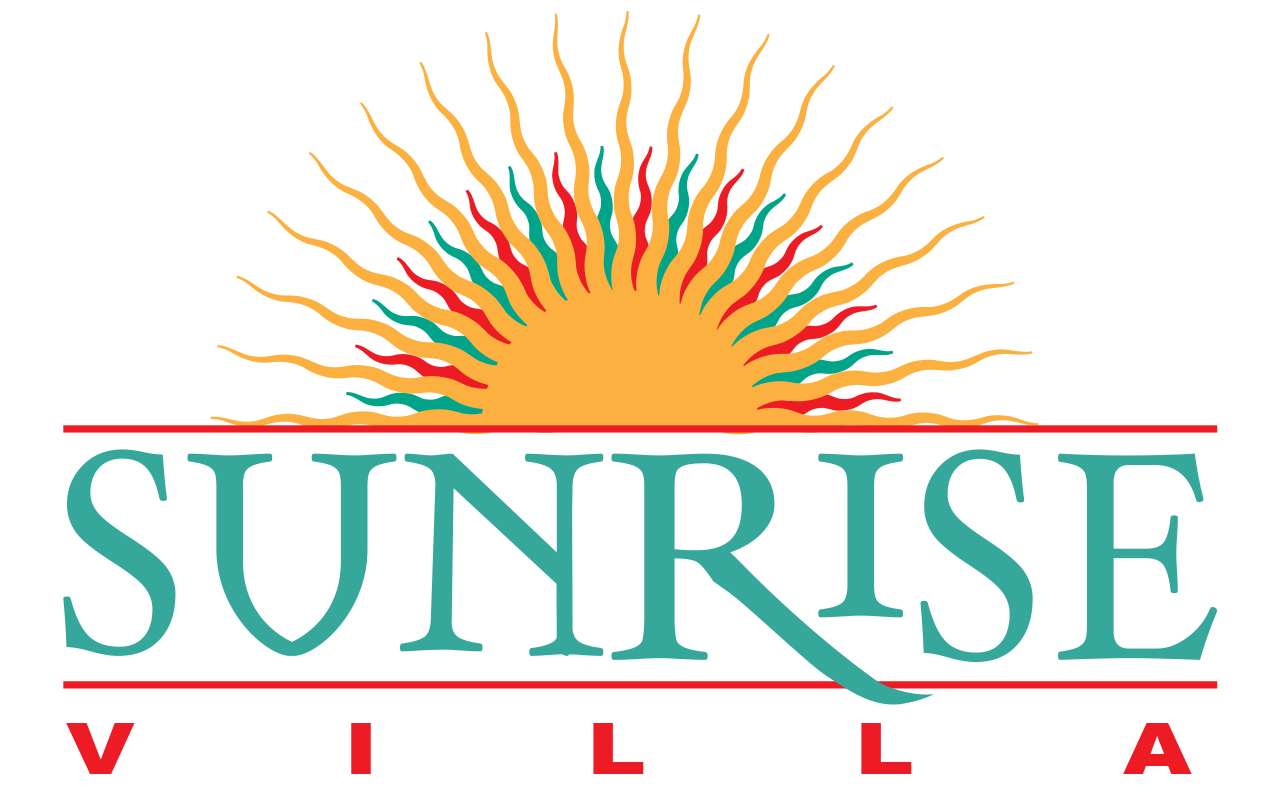If you don’t speak Spanish, don’t worry. Everyone at the Villa speaks enough English to get you whatever you need. But a little Spanish can go a long way on the island. And a little Dominican Spanish will go even further. Like every other language, Dominican Spanish is slightly different than the Mexican Spanish many Americans are used to. In 2013, a dictionary of Dominican words, Diccionario del Español Dominicano, was published by the Dominican Academy of Letters. It’s a little dense, but it breaks down the differences pretty nicely.; it has about 11,000 words and expressions that are specific to the Dominican dialect. Below are a few examples of words found in the dictionary.
-
In standard Spanish, the word ‘room’ is referred to as habitacion, but in Dominican Spanish the term is aposento.
-
In standard Spanish, the term ‘good’ is referred to as bein, but in Dominican Spanish the term istato.
-
In standard Spanish, the term ‘bus’ is referred to as autobus, but in Dominican Spanish the term is guagua.
-
In standard Spanish, the term ‘tree’ is referred to as arbol, but in Dominican Spanish the term ismata.
-
In standard Spanish, the term ‘farm’ is referred to a granja, but in Dominican Spanish the term isconuco.
-
In standard Spanish, the term ‘trash can’ is referred to as bote de bosura, but in Dominican Spanish the term is zafacon.
Whatever you feel like speaking when you get here, we’re more than happy to accommodate. If you don’t need to be completely fluent, it doesn’t hurt to have a base knowledge of basic conversational Spanish. It will make chatting with the locals al lot easier.
How’s It Going?
You can’t expect to have a conversation if you don’t know how to start it, right? Even if you know hardly any Spanish, you at least probably know that “Hola” means “Hello.” However, you should reserve that for conversations with people you already know. Your greeting of a stranger will be based on the time of day. For instance, a good morning greeting would be “Buenos días”, a good afternoon greeting, “Buenos tardes”, and a good evening greeting, “Buenos noches.”
If you want to be especially polite, you can ask “how are you?” For someone you do know, ask “¿Como estás?” and for someone you don’t know, ask “¿Como está?”
Also: don’t forget the magic words: “please” and “thank you” or in this case: “Por favor” and “Gracias”.
Restaurant Requests
Suppose you go to a restaurant in a Spanish-speaking country. You know what you want to get, but you aren’t sure how to order it. No problem. To be as polite as possible preface your order with “Me gustaría” (“I would like”). Looking for the restroom? “¿Dónde está el baño?” Want to know how much a dish/anything else you want to buy is? “¿Cuánto cuesta?” Want some dessert? “Un postre”. Are you ready for the check? “La cuenta.”
Where is…
On any trip, one of the most common questions you’ll ask is about the location of something. this can range from a specific attraction to a train station. So the phrase “¿Dónde está?”, meaning “Where is?” is one to keep in mind. A few words that you might be asking about are “un tren” (a train), “la estación de ferrocarril” (the bus station), and “un banco” (a bank). Before going on your trip, review the words for locations that you’re likely to ask about. As long as you remember those and “¿Dónde está?”, you’ll be good to go.
Getting Around
If you ask a Spanish speaker where something is, they’ll likely respond with Spanish directions. “a la derecha” means “right”, A la izquierda means “left”, and “derecho” means “straight ahead.” Also, “en la esquina means “at the corner” and “cuadras” means “blocks.”
If Things Go Wrong
It is our hope that your trip to a Spanish-speaking country occurs without any problems whatsoever. However, just in case something isn’t working properly in your hotel room, say “No funciona”, meaning “it doesn’t work.” Be as clear as possible, and throw in some “Por favor” and “Gracias” to ensure you are as polite as possible.

